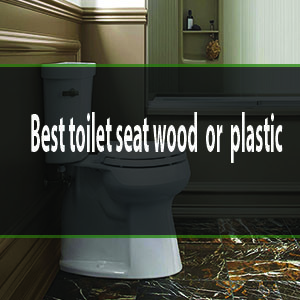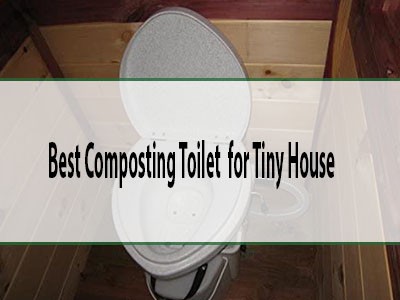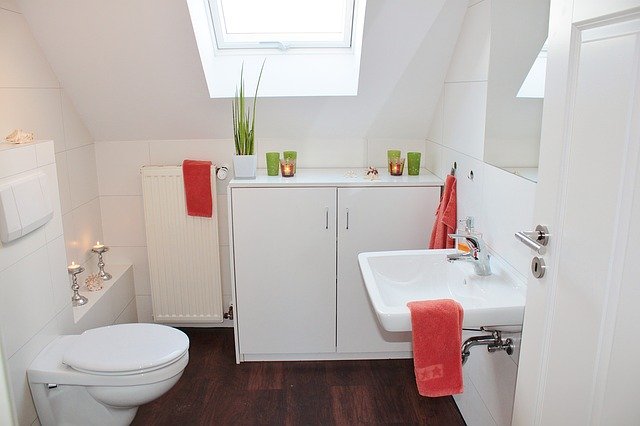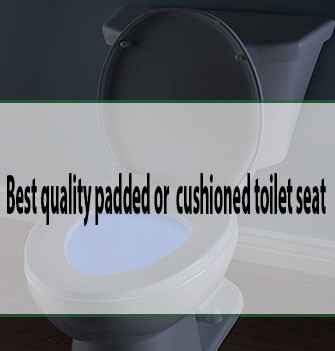Have you ever flushed your toilet only to find it doesn’t fill up all the way? You’re not alone.
This common issue can be both puzzling and frustrating. It’s easy to take a properly functioning toilet for granted, so when something goes awry, it’s hard not to feel a little anxious. But what if I told you that understanding this problem might be simpler than you think?
Imagine the relief of knowing exactly what’s causing your toilet woes and how you can fix them. Dive into this article, and let’s unravel the mystery behind your toilet’s partial fill-up together. You’ll discover not just the “why,” but also practical steps to ensure your bathroom fixture runs smoothly again. Stick with us, and you’ll soon be on your way to solving this pesky problem once and for all.

Credit: ranshaw.com
Table of Contents
Common Causes
A low water level in the tank is a common problem. The float ball or float cup might be set too low. This means not enough water enters the tank. Adjusting the float can help. Make sure it’s at the right height. Check the water line inside the tank. It should be near the top. If it’s too low, adjust the float arm or float cup. This can allow more water to enter.
A faulty fill valve can stop water from filling. The fill valve controls water flow into the tank. It can wear out over time. This causes the toilet not to fill properly. Replacing the fill valve might be necessary. It’s an easy fix that can save a lot of trouble. Always ensure the valve is working well.
Clogged inlet holes can reduce water flow into the bowl. These holes are under the rim of the bowl. Minerals and debris can block them. Use a wire hanger or brush to clean them. Make sure water flows freely. This can improve the toilet’s performance. Check these holes if the toilet isn’t filling up.

Credit: www.reddit.com
Troubleshooting Steps
Start by checking the water supply. Make sure the water valve is open. Turn it counterclockwise to open. If the valve is closed, the toilet won’t fill. Look for any leaks or kinks in the hose. A blocked hose can stop water flow. Replace it if it’s damaged.
The fill valve controls water flow into the tank. Ensure the valve is not blocked. Clean it if dirt is present. Sometimes, a faulty fill valve needs replacing. A fill valve kit can help fix this. Follow instructions on the kit.
A float ball sits on water inside the tank. It rises as the water fills. If it sits too low, the tank won’t fill fully. Adjust the float arm to lift the ball higher. A damaged float ball needs replacing. Use a new one if necessary.
Adjusting Water Levels
The fill valve controls the water in the toilet tank. Twist the top of the fill valve to adjust it. This will change how much water goes into the tank. If it is too low, the toilet might not fill. Turn it until the water level is just right. It’s a simple fix but can solve the problem.
The float ball rises with the water level. If it sits too low, the tank won’t fill completely. Gently bend the float arm to adjust it. Move it up to allow more water in the tank. Check if the water reaches the fill line. This small adjustment can make a big difference.

Credit: m.youtube.com
Replacing Faulty Parts
A toilet not filling up might mean faulty parts need replacing. Check the fill valve or float for issues. Ensuring these components work correctly can solve the problem quickly.
Changing The Fill Valve
The fill valve controls water flow into the toilet tank. A broken fill valve can stop your tank from filling. Check if the fill valve is clogged or old. Turn off the water supply first. Flush the toilet to empty the tank. Disconnect the old fill valve. Attach the new fill valve to the tank. Make sure it’s tight. Turn on the water supply again. Check for leaks. The toilet should fill properly now.
Replacing The Flapper
The flapper is a rubber piece at the bottom of the tank. It lets water flow into the bowl. A worn-out flapper can cause problems. Remove the tank lid and find the flapper. Turn off the water supply to the toilet. Unhook the old flapper from the chain. Attach the new flapper in its place. Make sure it seals well. Turn on the water supply. Flush to check if it seals. The toilet should fill completely.
Preventive Maintenance Tips
Toilets may not fill up properly due to blocked vents, faulty fill valves, or float issues. Regular maintenance checks can help identify problems early. Cleaning or replacing parts ensures efficient water flow and saves money on repairs. Keep your toilet functioning smoothly with simple preventive measures.
Regular Cleaning
Regular cleaning is essential for a well-functioning toilet. Dirt and grime can build up, causing problems. Use a gentle cleaner to scrub the bowl and tank. Clean the rim and under the seat too. This helps prevent clogs and keeps your toilet running smoothly.
A clean toilet also means fewer bad smells. It’s a simple task that makes a big difference. Try to clean your toilet once a week. This routine keeps your bathroom fresh and pleasant.
Routine Inspections
Check your toilet for leaks or cracks. Look at the tank and bowl carefully. Make sure all parts are in good shape. Broken parts can cause water to leak. Leaks waste water and increase your bill.
Inspect the handle and flapper regularly. Ensure they are working well. If something looks wrong, fix it quickly. This prevents bigger problems later. A little time now saves you trouble in the future. Routine checks keep your toilet in top shape.
When To Call A Professional
Low water levels in your toilet can signal a deeper issue. Call a plumber if adjustments don’t help. They can diagnose and fix problems like clogged pipes or faulty valves efficiently.
Identifying Complex Issues
Toilet issues can be tricky. Sometimes, a simple fix won’t work. If your toilet doesn’t fill up, there might be a complex problem. A clogged vent pipe or a broken fill valve can be the cause. These problems are not easy to fix on your own. A professional can help with these issues. They have the right tools and skills. Calling them saves time and effort. You get the job done right.
Assessing Repair Costs
Understanding repair costs is important. Some repairs are cheap, while others are not. Replacing a fill valve might cost less. But fixing a vent pipe can be expensive. A professional can give you an estimate. They tell you what needs fixing. This helps you plan your budget. It avoids surprises later. Knowing the cost helps you make the right choice.
Frequently Asked Questions
What Causes A Toilet Not To Fill Completely?
A toilet might not fill due to a faulty fill valve, clogged supply line, or incorrect float settings. These issues can restrict water flow, preventing the tank from filling properly. Regular maintenance and timely repairs can help resolve these common problems, ensuring your toilet functions efficiently.
How Can I Fix A Slow Filling Toilet?
To fix a slow filling toilet, first check the fill valve for any blockages. Clean the valve and adjust the float if necessary. Ensure the water supply line is open and free from obstructions. Regular inspection and cleaning can help maintain optimal water flow.
Why Does My Toilet Tank Stay Empty?
An empty toilet tank could result from a disconnected or damaged fill valve. It might also indicate a clogged supply line. Inspect these components for wear and tear. If necessary, replace faulty parts to restore proper water flow and tank functionality.
Can A Toilet Leak Cause Filling Issues?
Yes, a toilet leak can lead to filling issues. Leaks might reduce water pressure or cause constant drainage, preventing the tank from filling. Check for leaks around the tank and bowl. Repairing leaks promptly can help maintain efficient toilet operation.
Conclusion
Solving toilet issues doesn’t have to be stressful. Start by checking the water valve. Ensure it’s fully open. Sometimes, a simple twist fixes the problem. Inspect the float and flapper as well. They’re common culprits. Adjust or replace them if needed.
Don’t forget to clean the fill valve. Mineral deposits can block it. Regular maintenance can prevent future issues. Remember, fixing small problems early saves money. If problems persist, contacting a plumber is wise. They can offer professional help. A smoothly working toilet is essential for any home.
Keep it in top shape for peace of mind.






